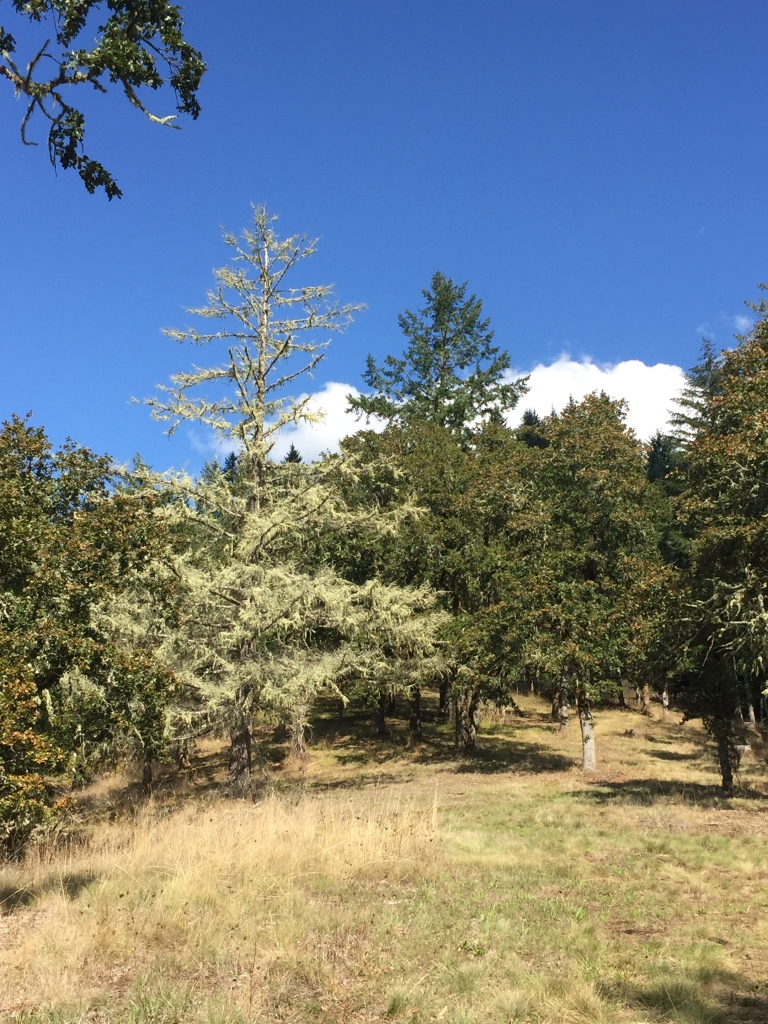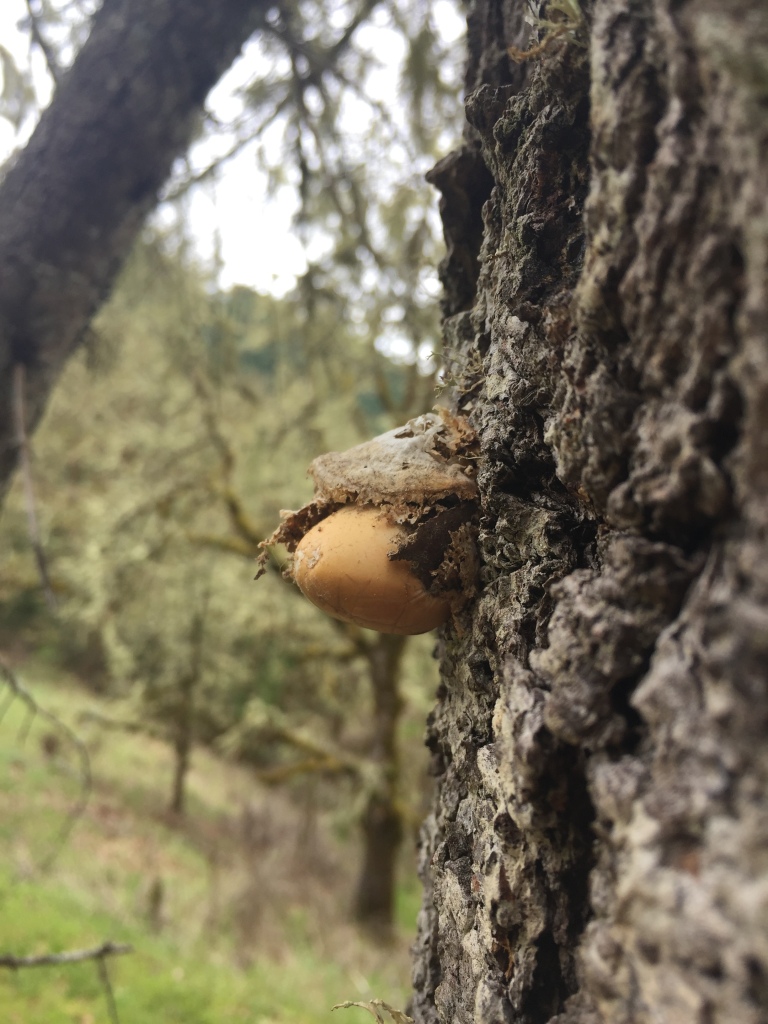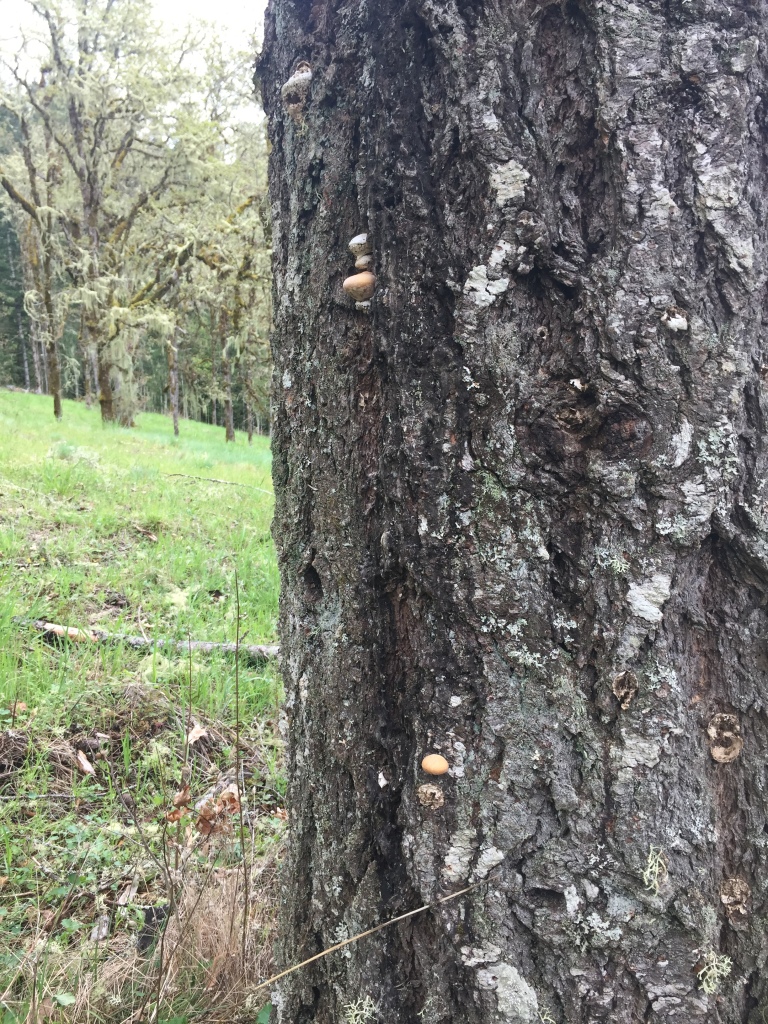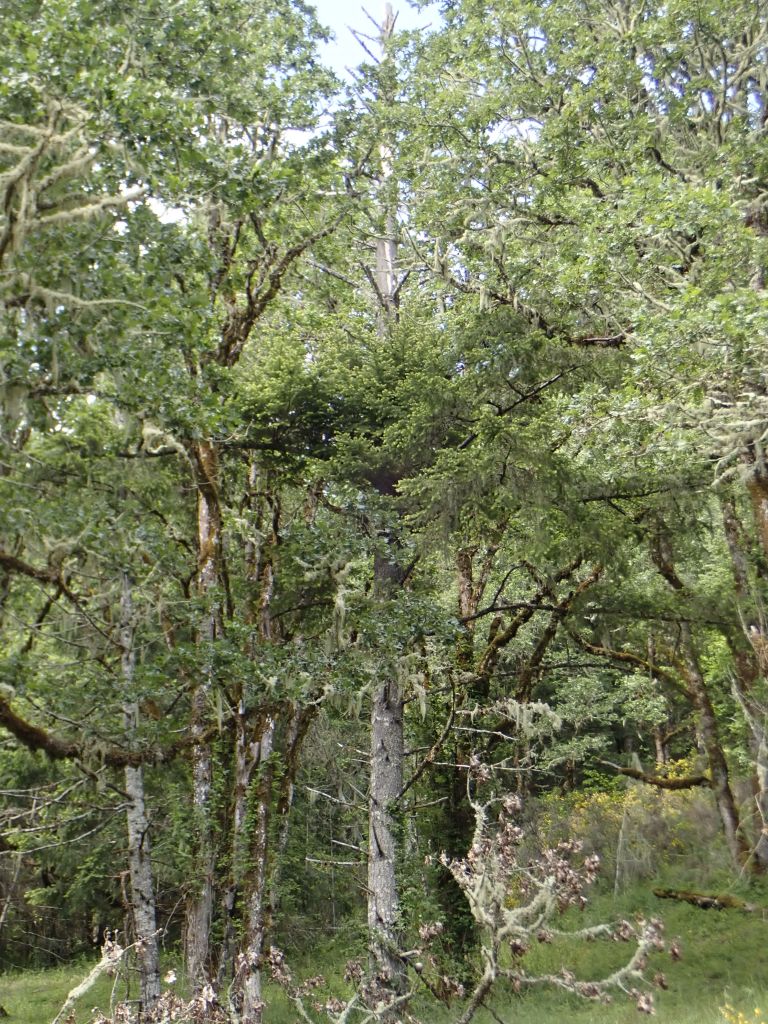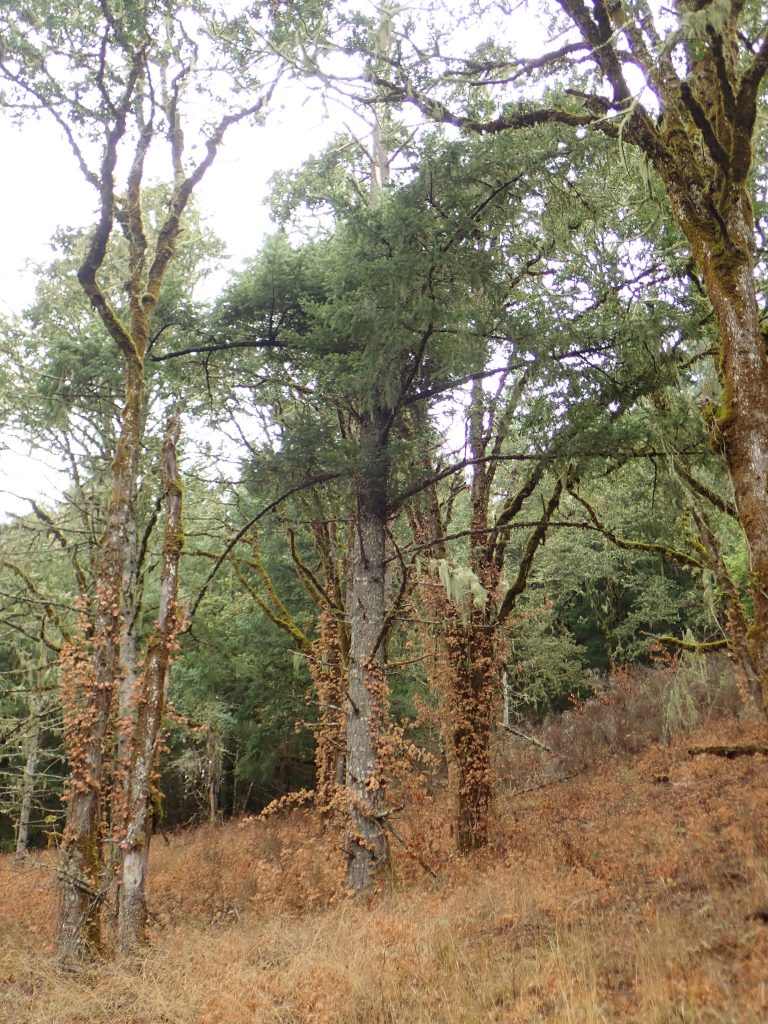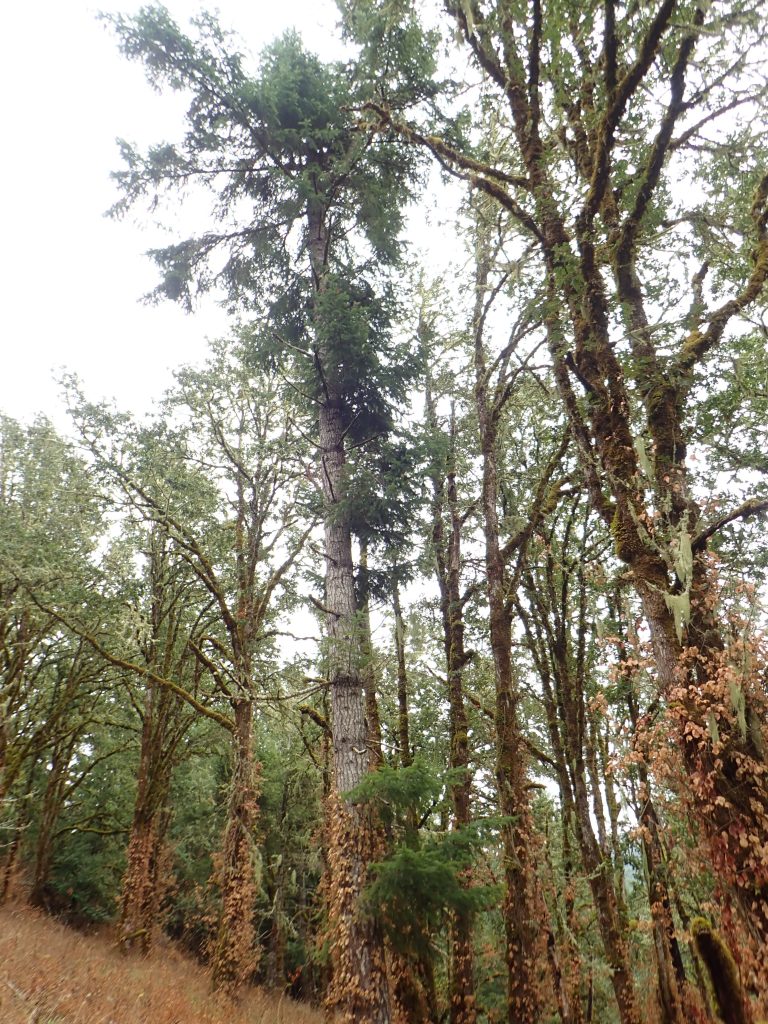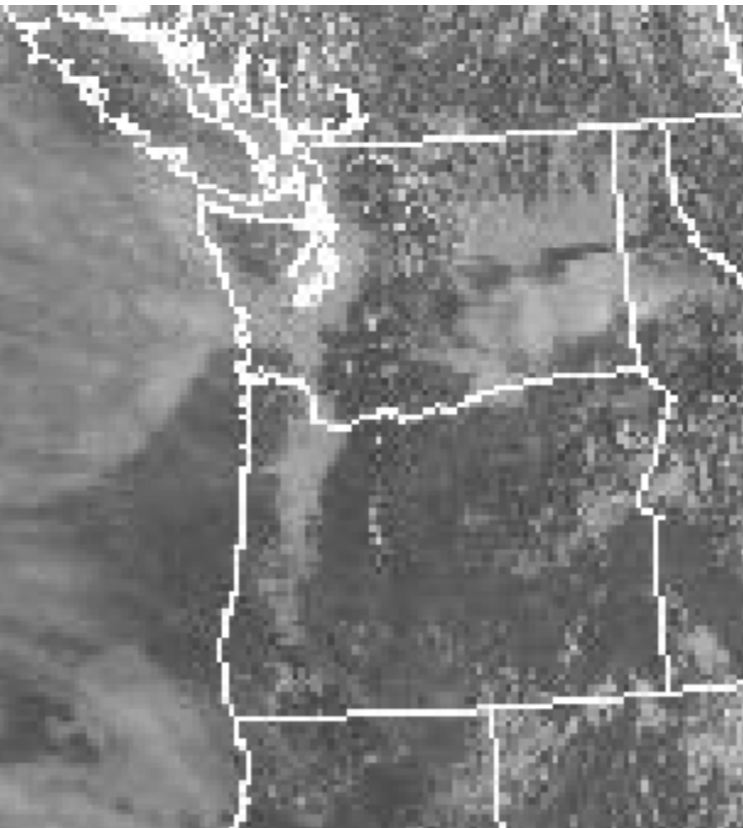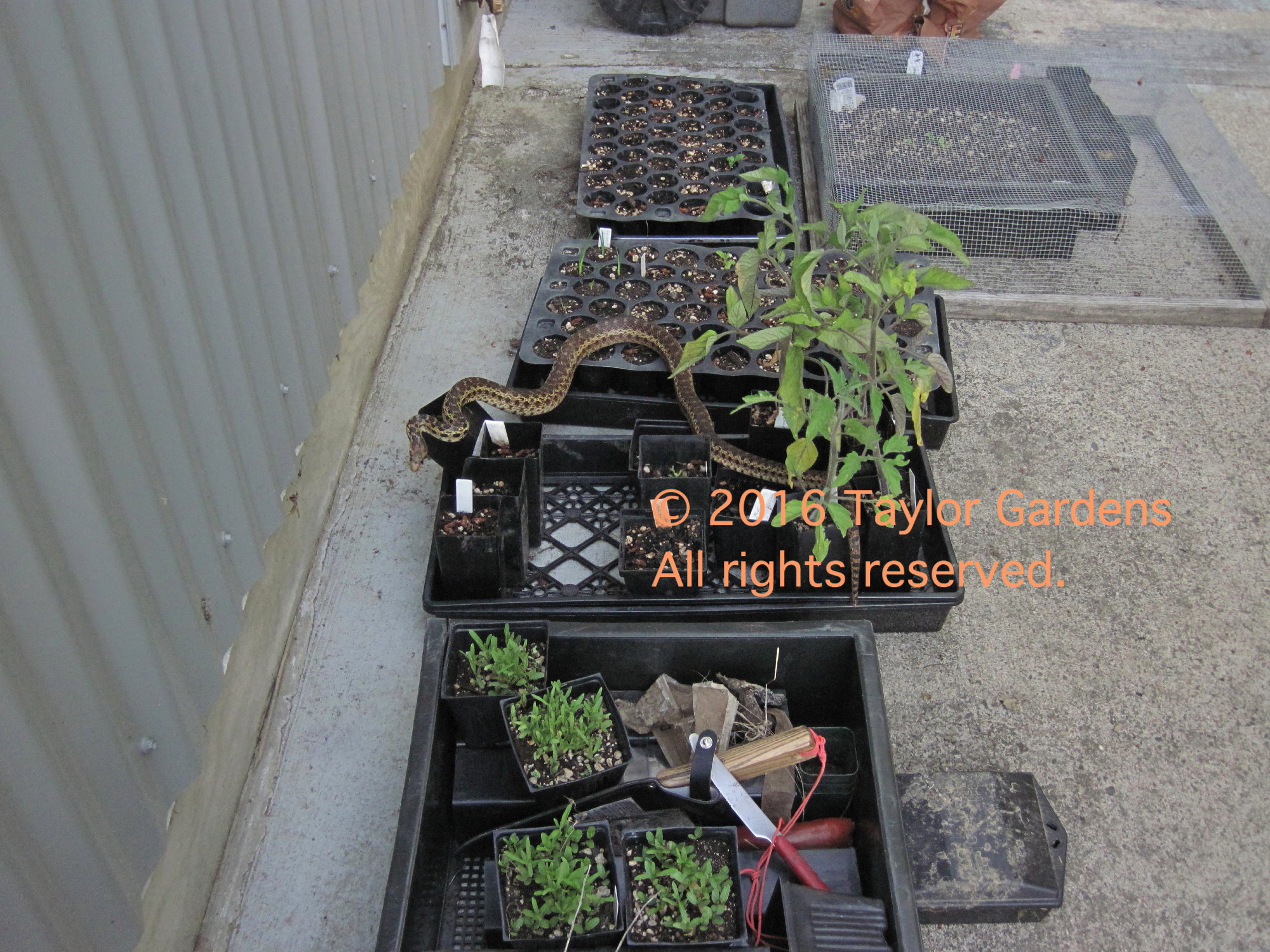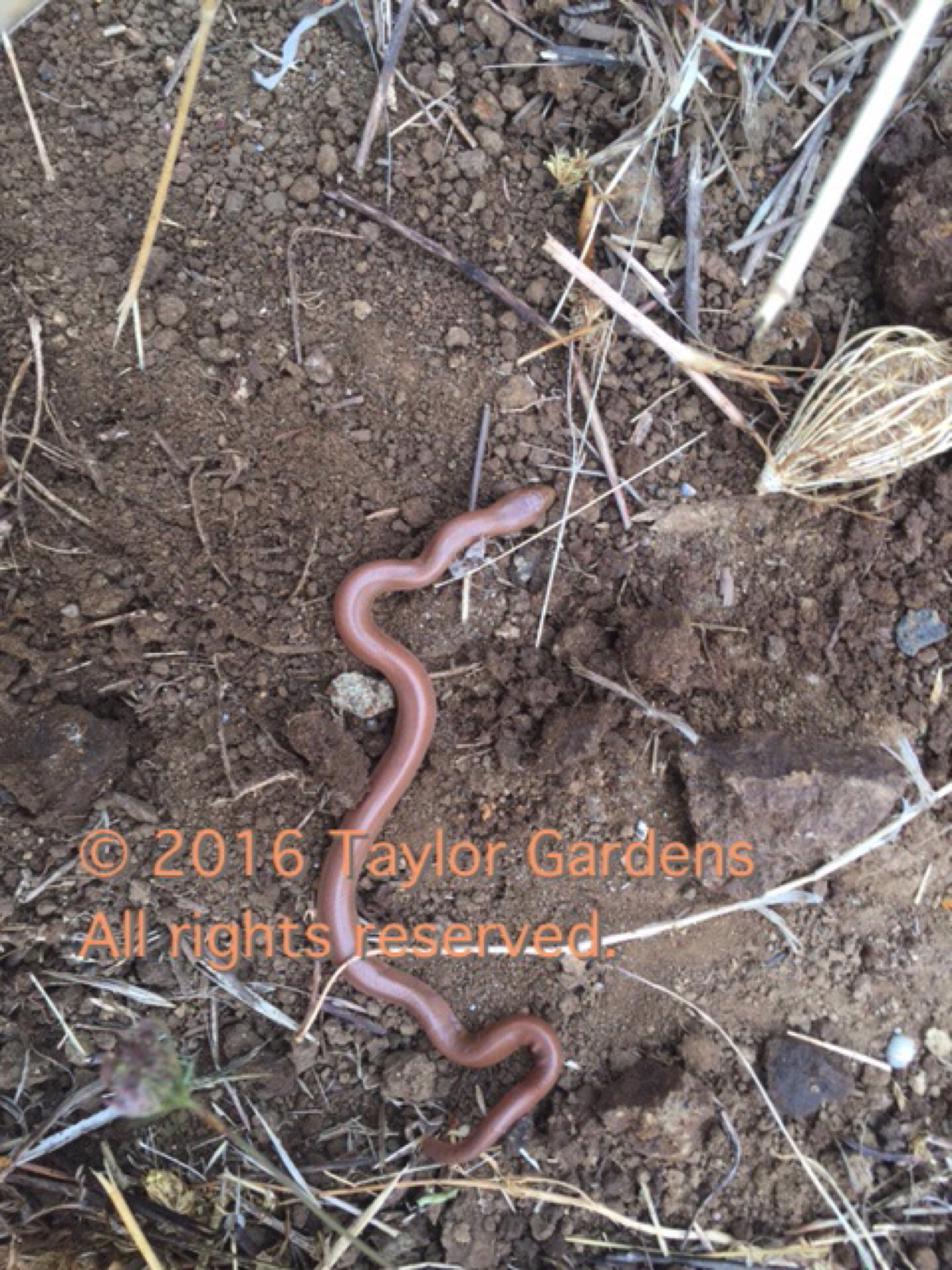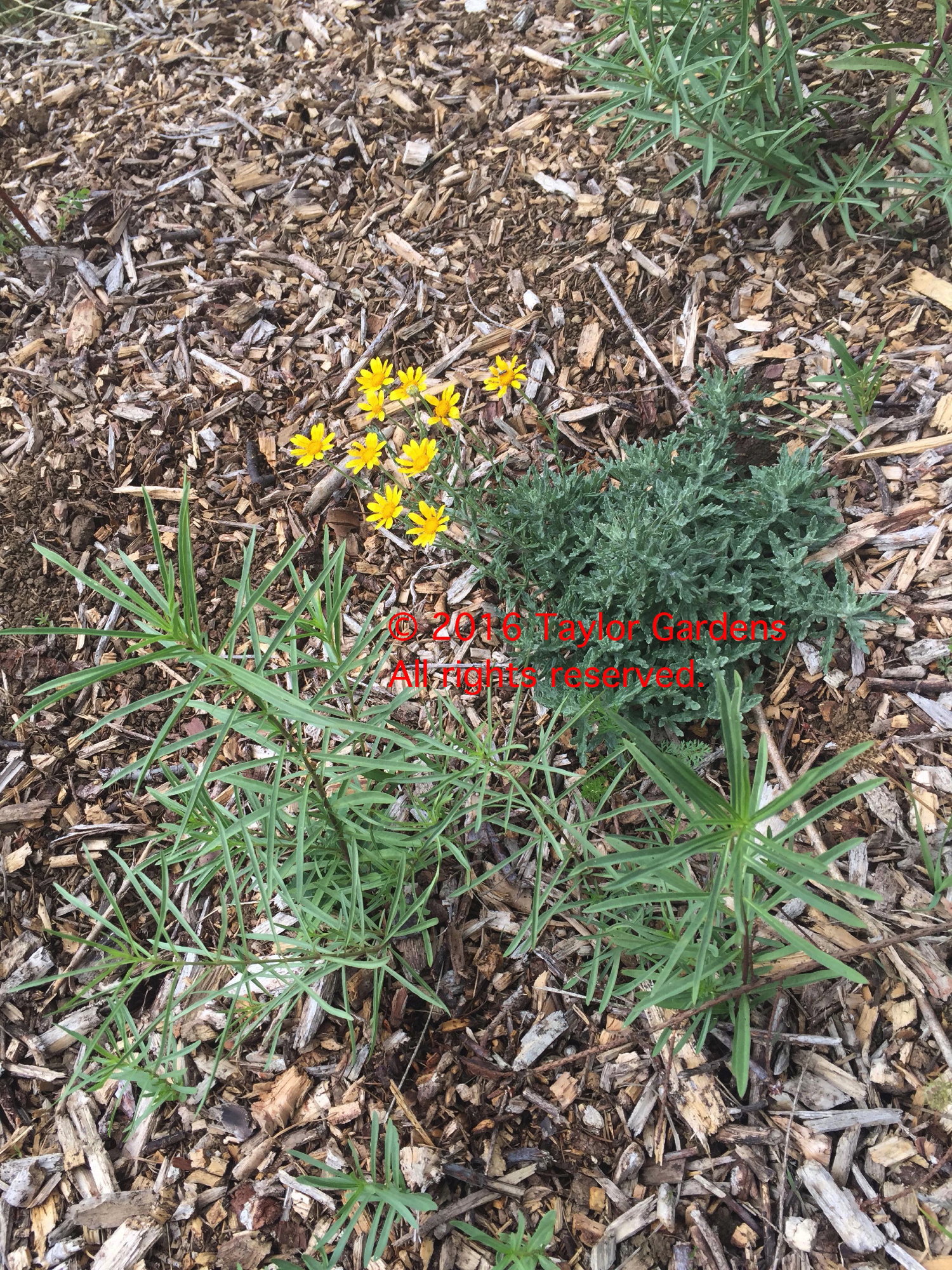(note: if you receive this post by email you may need to go to the post on WordPress to see all content)
It’s no secret that bees are having a hard time lately.
If the image of a honey bee just popped into your head, you would not be alone. Domesticated and brought here in the 1600’s, honey bees are iconic. They have been our civilized companions for centuries. They tolerate being carted around from place to place, and of course, there’s the honey. However, honey bees are not native to North America, and they are not even the best pollinators!
Native bees do not make honey, they mostly do not live in large colonies, but they are great pollinators. Their diversity is phenomenal: in Oregon (a hotspot of bee diversity) there are at least 500 different native species! Let’s take a look at these fabulous creatures that live here with us.
Our state’s diverse geography contributes to higher native bee diversity than many parts of the U.S. But 500 species may not be all the bees we have! It turns out, entomologists’ knowledge of Oregon’s native bees is based largely on documented collections from only four sampling sites in the state. Enter the Oregon Bee Atlas.
In a fortunate moment for science, the current Farm Bill included funding for the study of native bees, and one goal in a larger project is to train up citizen scientist teams to collect bees and data throughout the season, for four years, to find out how many and which bees are here. This will help experts assess the health and changes taking place in their populations in this critical time of species extinctions and adaptation to climate change.
I am on one of two teams in my county, and our sampling site is our property here in Gopher Valley. I am super excited to have the opportunity to contribute to this important work, which enhances all our conservation work while making a contribution to science and bees. My friend Emily Gladhart has the other site at Winter’s Hill Vineyard which has a fantastic native plant garden and oak woodland.
Why bees are important
Pollination is the first step in fertilization. Pollination occurs when a pollen grain is deposited on a plant’s stigma – the female plant part. Fertilization occurs when the pollen grain germinates and grows a pollen tube down inside the style to deliver sperm to unite with the ovule. That is the beginning of a seed.
Bees pollinate crops. But biodiversity is also a critical part of the story. Native plants support whole ecosystems and rely on pollinators for seed production. Bees move pollen (genes) and increase genetic diversity. Some bees specialize on certain plants, and without their pollinators those plants can’t reproduce. Other bees are generalists. Some generalists (like honey bees or orchard mason bees) can be managed to pollinate commercial crops. Those that don’t lend themselves to such management can be encouraged to nest near crops by providing good habitat, which is like raising your own crop of bees along with your plant crop.
Native bees are food for nest parasites, birds, spiders, and other creatures that can use the protein-packed snacks of bee larvae, pollen, and bee bodies that help make the world go around. These hangers-on are not necessarily a detriment. They are part of the food web and have co-evolved with their hosts and prey.
Native bees live unique lives
The nests of native bees vary by species, but many are solitary, gregarious, or semi-social. Some species are completely solitary. Others nest in a group but still maintain their individual nests. There are species that live in a communal nest; bumblebees have a nest with division of labor (workers, queen). A typical life cycle involves
1. An overwintering stage. Bumblebee queens overwinter alone, wake up in the spring and start foraging to provide pollen for their eggs.
Solitary bees emerge from cocoons where they have been pupating or overwintering as immature adults. They chew their way out of their nest cells.
2. Reproductive stage. Bumblebee queens lay eggs to start their nests. When enough eggs hatch, the queen switches to egg-laying only and lets others take over the tending and foraging duties. New bumble bee queens then mate at the end of the season, the old queen will die and the new queens will find new nests in which to spend the winter.
Solitary bees mate on emergence in Spring, and begin building nests with cells containing one egg and a food packet (pollen loaf) in each cell for the larva that hatches.
3. Nest activity: bumble bees live in larger cavities such as rodent holes or inside trees or buildings, because they need space for the group nest.
Other bees may have nests inside twigs, soil, or cavities, composed of individual chambers for each egg and pollen loaf package. They deposit an egg on the pollen ball and close up the cell (generalized illustrations below), never to see their offspring. Some bees line their nests with leaves, cut in neat circles from plants. Bee nests are varied, amazing, and species-specific.

Soil nest with chamgers

Twig or cavity nest
Illustrations by Steve Buchanan from Bee Basics:An Introduction to Our Native Bees USDA Forest Service and Pollinator Partnership
Clearly, protecting bee nests is a big part of conserving the mind-boggling number of bees we have.
The easiest way to do this is to:
- provide undisturbed areas for bees to excavate for soil nests
- maintain cavities in rocks or wood, and have softer pithy dead stems for them to excavate (elderberry, blackberry and other canes, roses, wildflowers, etc).
- there should be a concentrated source of food, such as blocks of flowering plants throughout the season.
- pesticides are a particular danger to bees, so using none is best; there are less-toxic pesticides, and application guidelines are available to minimize the effect on bees. There is information on alternatives at the Oregon Dept of Agriculture website here: http://www.oregon.gov/ODA/programs/Pesticides/Pages/PollinatorIssues.aspx
In no case should neonicotinoid pesticides be used or tolerated in nursery stock. Be sure to ask your nursery if they can certify that their wholesalers do not use these persistent, deadly chemicals when they grow plants. More info available here, for landscapers, gardeners and foresters.
A hedgerow is an excellent way to build a successful bee haven.
Here are a few scenes from our collecting project so far. It has been cold this spring, and blooms are a bit scarce, so it’s a slow start but weather effects are also important to document. It’s a long game, and data gathered over years or decades will show important trends. Click for more info below.

Bee nest entrancess can look like this in gravelly soil

A bumblebee nest entrance. They like rodent holes and larger cavities

Entrances to ground nests in mud. How many entrances can you see? I think 3 or 4

Sasakatoon or serviceberry (Amelanchier alnifolia) with bee collector

A bee on tall Oregon grape (Berberis aquifolium) One of the first plants to provide food for native bees in spring

Leave stems for bees to nest in after bloom. Foliage will cover them when growth resumes

Photo of bee entering stem nest by Oregon Bee Atlas participant Ed Sullivan.

Neighbor Sherry McConnell crafting anatomically correct bee and flower props for my bee talk at Conservation District Earth Day event. So grateful for her skills!

Airlie winery owner Mary Olson showing off her Buzz Box with bee-friendly native plant seeds. Agricultural land is heaven for bees if pesticides use is controlled properly

A great book if you really want to delve into the bees around you.
Some action shots from our collecting activities:
A special thanks to Ed Sullivan for his photo of the Ceratina bee featured in this post’s header and gallery above. See more of his work at https://www.flickr.com/photos/canoebait
Links to additional information
https://www.arboretumfoundation.org/getting-to-know-our-native-bees/ A great article on all the important things about PNW native bees.
https://xerces.org/pollinator-conservation/plant-lists/pollinator-plants-maritime-northwest-region/ Fact sheet on native plants for pollinators in maritime PNW
https://xerces.org/fact-sheets/ A page of fact sheets. For clarity and brevity I recommend 4 Principles to Help Bees and Butterflies
